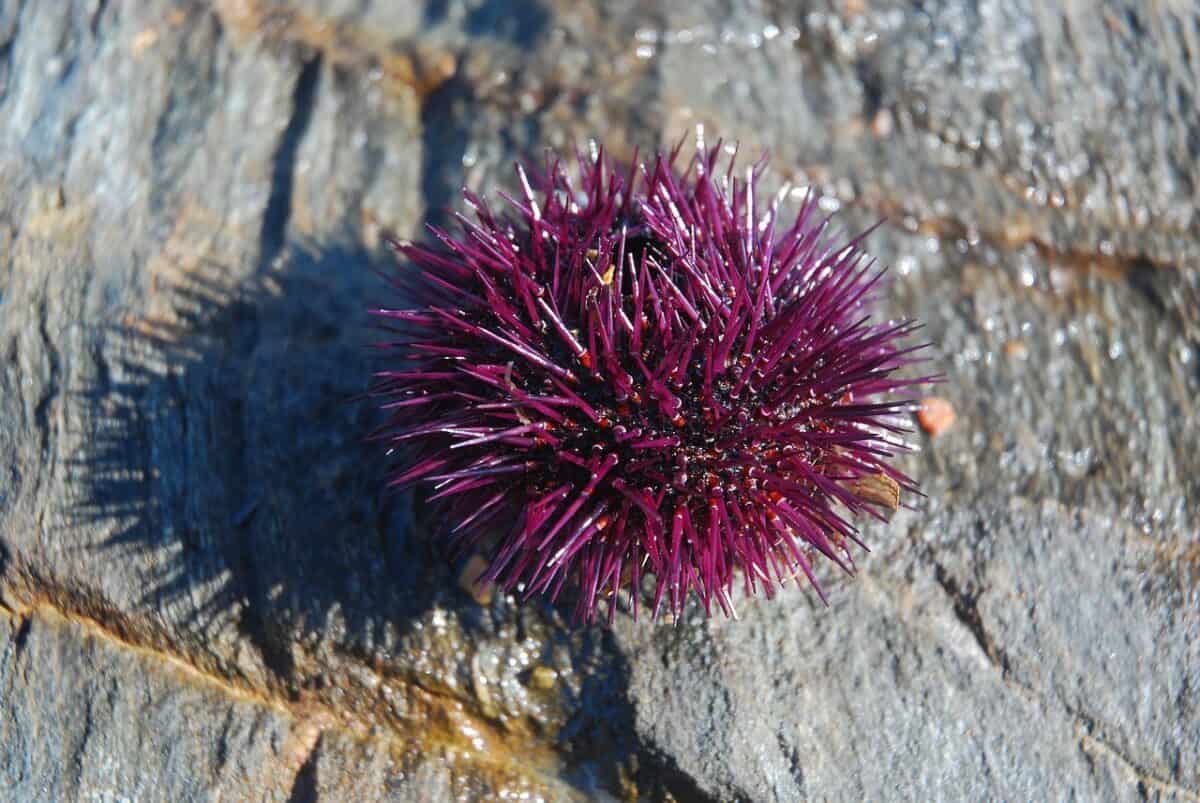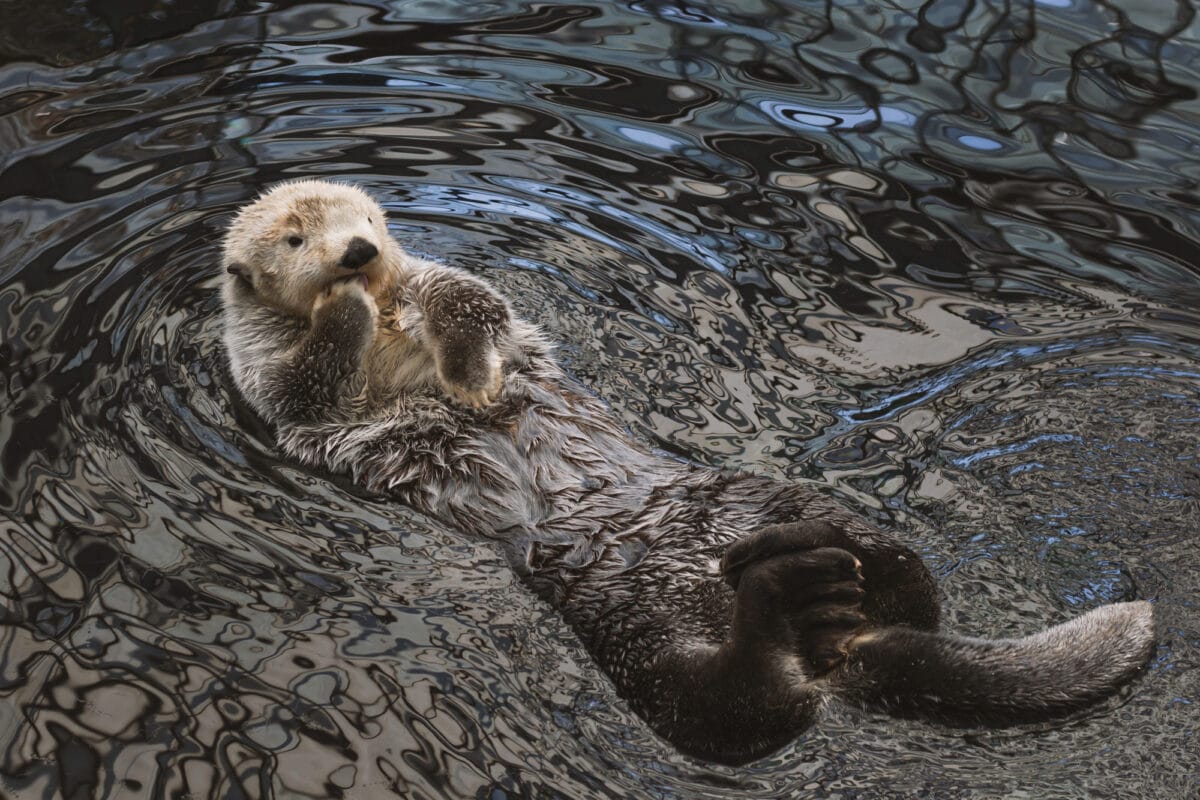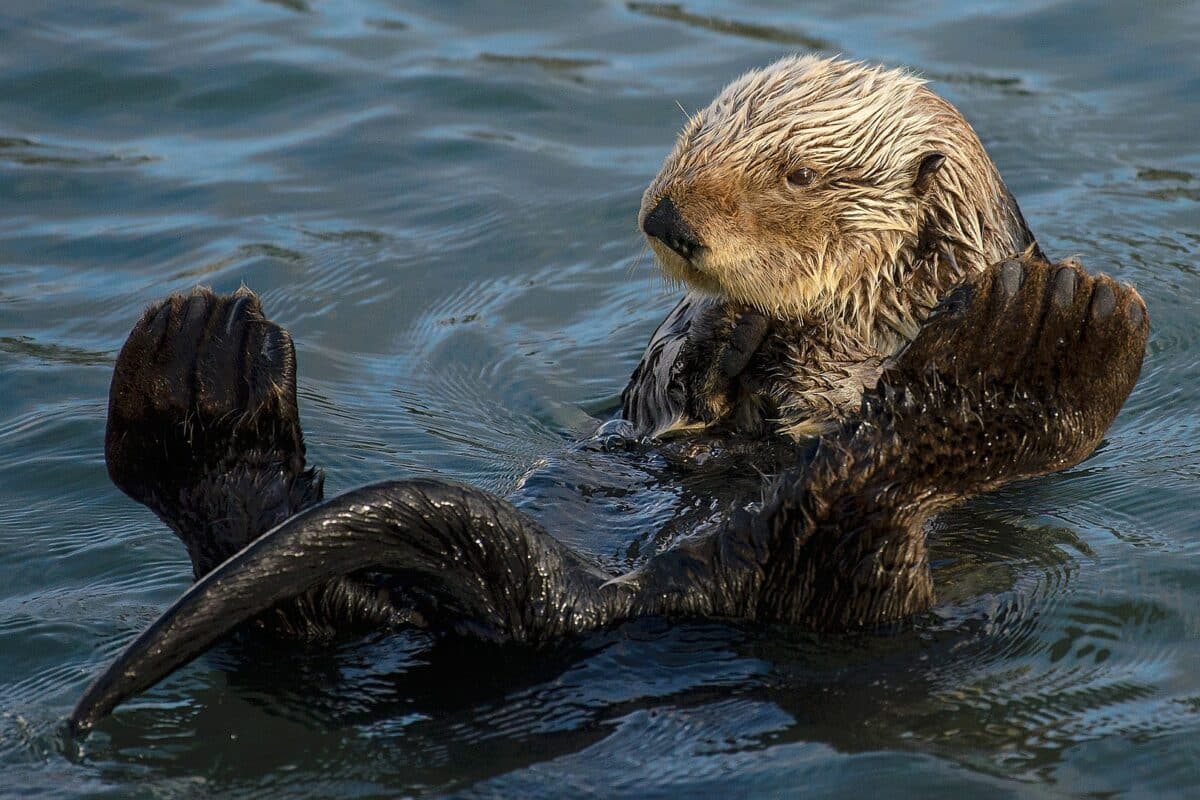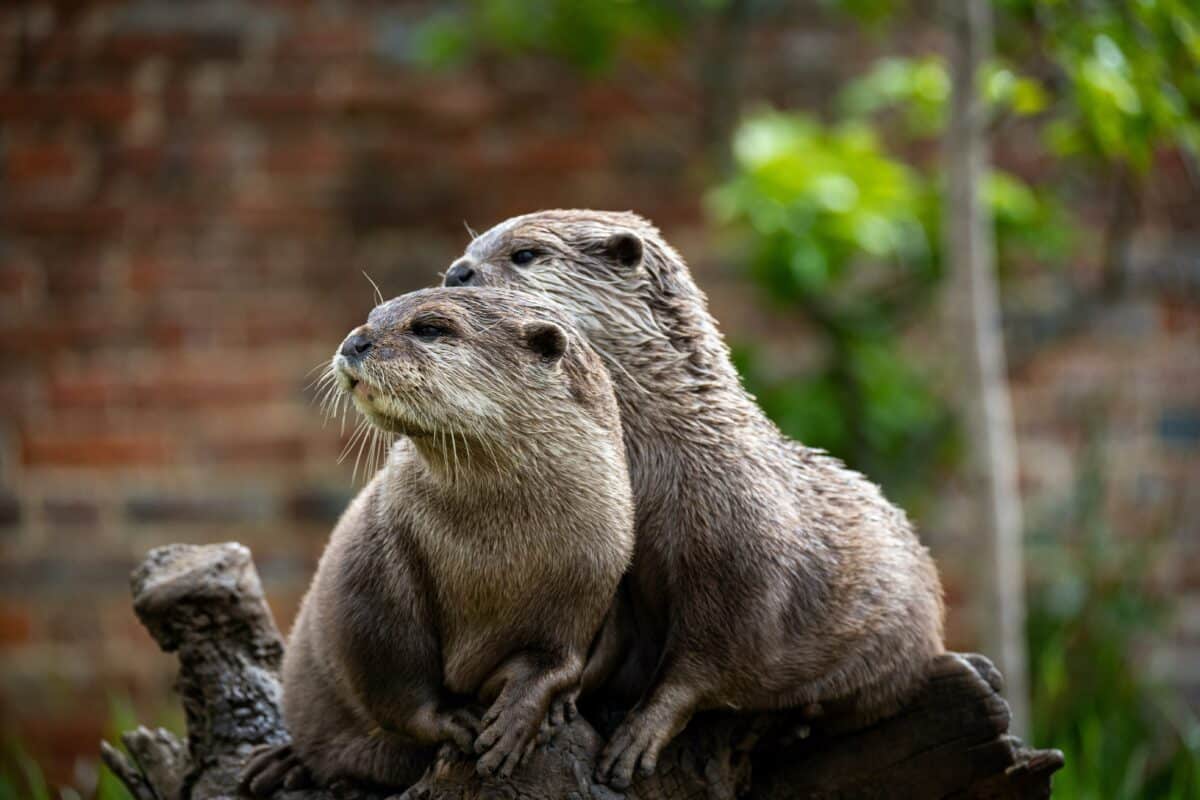The Pacific coast is home to one of nature’s most impressive underwater gardens: the giant kelp forests. Like any thriving habitat, kelp forests depend on a balance of ecological relationships to maintain their health and biodiversity. At the center of this delicate balance are sea otters, whose role in aiding the restoration of these vital ecosystems is more crucial than ever. Join us as we dive into the fascinating world of sea otters and discover how these charming marine mammals are helping to bring kelp forests back to life.
The Importance of Kelp Forests

Kelp forests are underwater ecosystems so dense and vibrant that they can rival the rainforests in their biodiversity. These underwater forests provide habitat and food for a variety of marine species, ranging from tiny invertebrates to large fish. Kelp forests also play a significant role in carbon sequestration, absorbing carbon dioxide and helping mitigate climate change. Unfortunately, due to overfishing, pollution, and climate change, these critical habitats have been dwindling over the years.
The Role of Sea Otters in Marine Ecosystems

Sea otters are often considered a keystone species, meaning they have a disproportionately large impact on their environment relative to their population size. As predators, sea otters regulate the populations of certain species that, if left unchecked, can cause extensive damage to their ecosystems. This regulatory effect forms the cornerstone of sea otters’ influence in restoring kelp forests.
The Decline of Kelps and the Rise of Sea Urchins

One of the primary threats to kelp forests is the overpopulation of sea urchins. These spiny sea creatures graze on the base of kelp plants, preventing them from regrowing. When left uncontrolled, sea urchins can decimate vast areas of kelp, converting vibrant forests into barren seascapes known as “urchin barrens.”
Sea Otters as Natural Sea Urchin Predators

Sea otters have a profound effect on sea urchin populations. By preying on sea urchins, otters keep their numbers in check, allowing kelp forests to flourish. Sea otters’ appetites for these spiny foes mean they play a natural and critical role in controlling the sea urchin populations that threaten kelp regrowth.
History of Sea Otter Populations Along the Pacific Coast

The sea otter population along the Pacific coast has experienced dramatic fluctuations over the centuries. Once abundant, their numbers were severely diminished by the fur trade in the 18th and 19th centuries. Conservation efforts have helped sea otter populations recover in many areas, bringing new life and balance back to their ecosystems.
Benefits of Restored Kelp Forests

Restored kelp forests offer a plethora of benefits far beyond their immediate ecosystems. They serve as nurseries for fish and other marine species, boost biodiversity, enhance fisheries, and even lessen coastal erosion. The resurgence of kelp forests thus signifies not just the health of marine environments but also contributes to the broader ecological and economic health of coastal regions.
Challenges to Sea Otter Conservation

While sea otters are instrumental in restoring kelp forests, they still face several threats. Habitat loss, pollution, entanglement in fishing gear, and oil spills are persistent dangers for these marine mammals. Conservation of sea otters involves tackling these issues head-on to ensure their survival and the health of the ecosystems they support.
Cooperation Between Conservationists and Local Communities

Successful conservation efforts rely on the collaboration between scientists, conservationists, and local communities. By involving coastal inhabitants in conservation programs, there is a greater chance of creating lasting positive impacts on sea otter populations and, consequently, kelp forest restoration.
The Role of Marine Protected Areas

Marine Protected Areas (MPAs) play a crucial role in conserving sea otter habitats and the ecosystems they support. These protected zones offer a refuge for marine wildlife, decrease the stresses from human activity, and allow natural processes to restore ecological balance.
Monitoring and Research Efforts

Ongoing research and monitoring are vital to understanding the complex dynamics between sea otters, sea urchins, and kelp forests. Scientists use tracking techniques, population assessments, and ecological studies to adapt conservation strategies that best support these marine ecosystems.
The Future of Kelp Forest Restoration

The outlook for kelp forest restoration remains optimistic, thanks in large part to the ongoing recovery and conservation of sea otters. As otter populations stabilize and expand, their role in maintaining healthy ecosystems will continue to grow, paving the way for flourishing underwater habitats.
Conclusion: A Harmonious Relationship

The story of sea otters and kelp forests is a testament to the intricate connections that define our natural world. This harmonious relationship underscores the importance of balanced ecosystems and the far-reaching impact one species can have on its environment. As we look to the future, efforts to protect and restore these vital habitats will benefit marine life and coastal communities, ensuring the vitality and diversity of the Pacific coast for generations to come.
- Urban Growth Is Draining U.S. Waterways - July 1, 2025
- This Fish Can Survive Without Water - July 1, 2025
- This Ant Can Explode to Defend Its Nest - July 1, 2025

